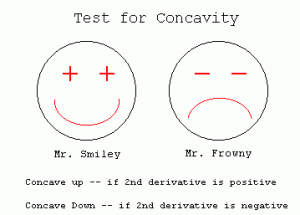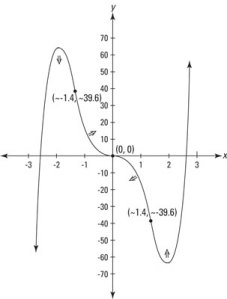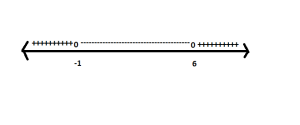Calculus has always been very challenging for me. In fact, this is not my first, or even second time to attempt it in college. I am graduating in less than 2 weeks, and I held off taking this DAMNED class for as long as possible as I was afraid to fail AGAIN. In high school, I was a “smart” student without attempting much effort, and college wasn’t much difference with the EXCEPTION of CALCULUS 2321. Since this was my last semester, and according to my mother, “the last straw,” I knew I had to give this class everything I had! And I’ve never learned more. This attempt, I looked for a teacher with a different style of teaching. Luckily, I was in a very small class, so receiving one-on-one help was POSSIBLE and my teacher encouraged group work. She rarely got before the entire class and just lectured, and then assigned countless problems to be worked out of the book, in fact she NEVER did. She created individual and unique lessons that she introduced topics directly to the class, but then it was up to us and our group to figure out HOW to do the work. She would then walk around the classroom while this occurred, and cleared up misconceptions as she heard them. Finally, we would go over several examples as a class, just to make sure everyone was on the same page. Our homework was assigned online with a program called MathXL. I liked this program as I could have it show me how to solve the problem step-by-step if I was confused and gave me similar exercises so I could rework the examples over and over and it was very BENEFICIAL practice. Normally, I would have had a problem from a book, and if I didn’t know where to start, I would instantly give up. And they say, Practice makes perfect, right?
Although I still struggled with the multiple choice tests given in this class, I thoroughly enjoyed the assigned blog project as it gave me an opportunity to use my creative side as well as learning valuable skills for the future. I loved having the freedom to chose the topics of my posts and how often I wanted to post them. I also enjoyed learning how to code in latex and feel this may be a useful skill to know if I ever want to make worksheets for math in the future. Not to mention, I learned how to set up and start my own blog, something I have always wanted to do!! (I never dreamed the first one would be about Calculus!! But- heyyyy!) Several times, I would have my friends ask me what kind of homework I was doing, and I would simply respond, “I have to Blog for Calculus!” You should have seen some of the confused looks I would get! “How do you blog about Calculus?!?!” “A MATH BLOG?!?!” “Why would you be blogging?!” And very proudly, I would whip out my phone, open my downloaded WordPress App, and show them my blog I’ve spent COUNTLESS hours on to make informative, entertaining, and yes, somewhat, “pretty”!
I really enjoyed this class and I really enjoyed posting in this blog, unfortunately, as it was a REQUIRED assignment, and this last post suffices the course’s requirements: This is goodbye from THE BIG C.
Hope you learned a lot through my posts!!
Kori 🙂






















